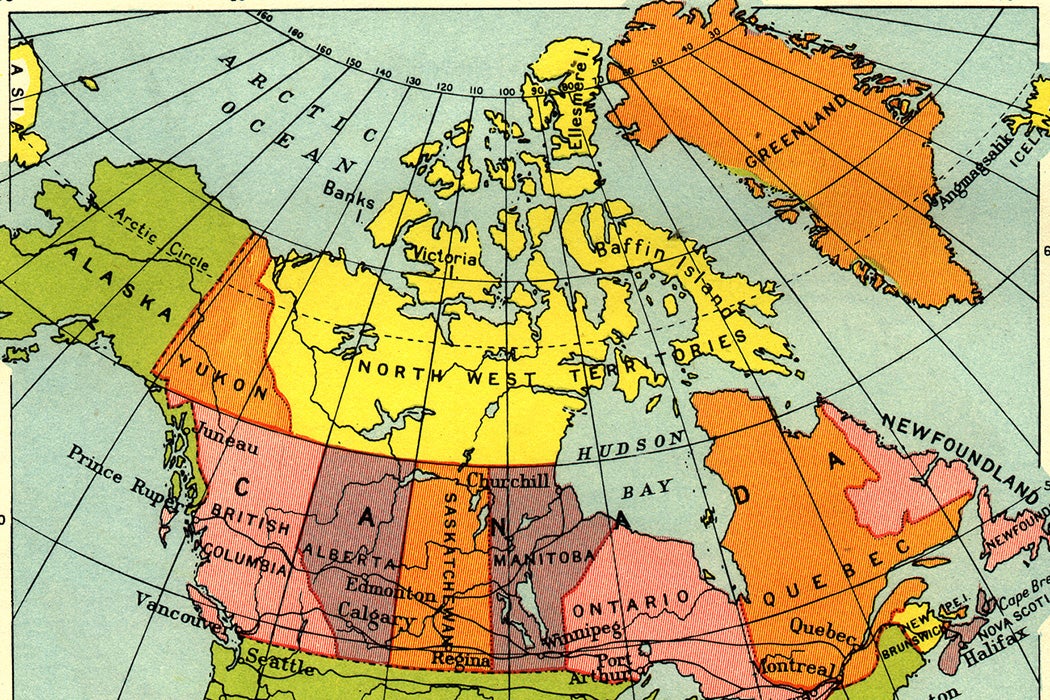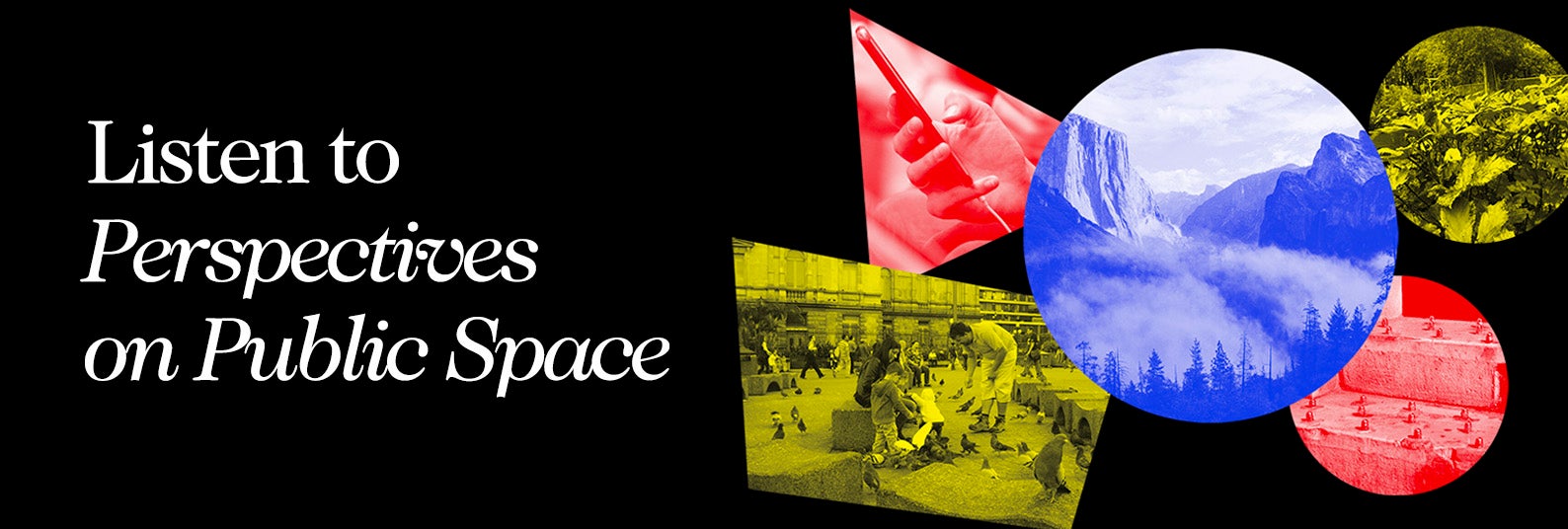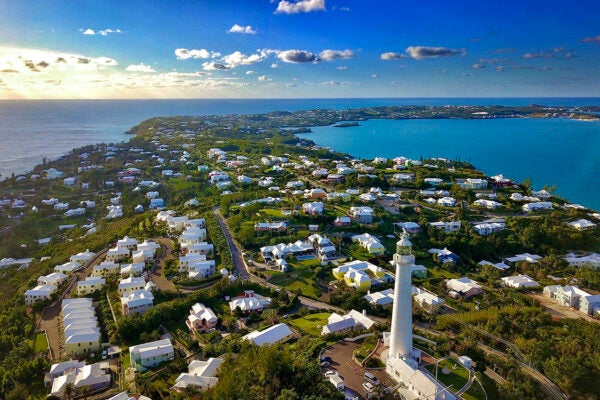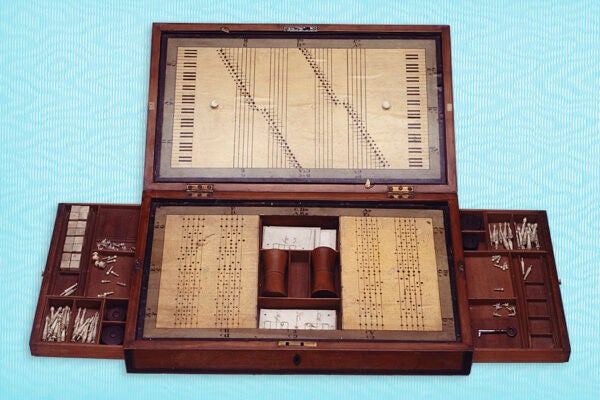The standard Mercator map projection system distorts northern landmasses, so Greenland is stretched out to gigantic proportions. On the typical world map, the world’s largest island looks as big as all of Africa or the entire continental United States. But this is deceptive—Mercator projections are designed for navigation, not geographical comparison.
Actually, at just over 2 million square kilometers in area, Greenland is roughly the size of the Democratic Republic of Congo. It’s 4.2 times smaller than the United States. The population, meanwhile, is tiny: just under 60,000, about the size of Bristol, Connecticut, or Anderson, Indiana.
At the same time, Greenland is getting larger, at least in terms of land that isn’t covered in ice. The Greenland Ice Sheet, the second largest ice sheet in the world after Antarctica, is melting. This is increasing sea levels around the world and making critical resources like rare earths and uranium on Greenland more accessible to exploitation. The race is on for resource extraction as world powers turn their eyes to Greenland and the rest of the Arctic.
“Greenland: What Is China Doing There and Why?” Presence Before Power: China’s Arctic Strategy in Iceland and Greenland (June 2020): 29–37.
This Clingendael Institute research report on the inroads China has made in Greenland is required reading for those wondering why Washington is again abuzz with the notion of a “Greenland Purchase” and why the United States and its NATO-ally Denmark have become embroiled in a diplomatic crisis.
Ulrik P. Gad, “Greenland: A Post-Danish Sovereign Nation State in the Making,” Cooperation and Conflict 49, no. 1 (March 2014): 98–118.
Formerly a colony of Denmark, Greenland got home rule in 1979. It’s now a self-governing country within the Kingdom of Denmark: Denmark maintains control of the island’s foreign affairs, security, and defense. Greenland is also one of the Overseas Countries and Territories of the European Union. In 2008, a majority of Greenlanders voted for further home rule, to, in essence, continue a process towards sovereignty and self-government. (The current Prime Minister is for independence as soon as possible.) Scholar Ulrik P. Gad explores the journey to sovereignty in the “triangular relationship” with the colonial metropole and the rest of the EU.
Ingo Heidbrink, “Hydropower: The Unlikely Economic Base for the Complete Sovereignty of Greenland,” RCC Perspectives 5 (2014): 35–42.
Could Greenland be independent…of Danish and EU subsidies? With 8 percent of the world’s fresh water—and anthropogenic warming meaning more and more of it is becoming liquid—Greenland has some serious hydropower potential. But until now, as Ingo Heidbrink explains, the island has been dependent on imported fossil fuels.
Lill Rastad Bjørst and Carina Ren, “Steaming Up or Staying Cool? Tourism Development and Greenlandic Futures in the Light of Climate Change,” Arctic Anthropology 52, no. 1 (2015): 91–101.
Greenland has become a cool place to visit, a hot destination—will a future White Lotus be set there? Plainly put, tourism and development are expanding as the ice diminishes. Paradoxically, climate change tourism is a thing, both as a way of observing the changes at a local and regional scale and as a result of a milder climate.
Robert Petersen, “On Ethnic Identity in Greenland,” Études Inuit Studies 25, no. 1/2 (2001): 319–328.
Robert Petersen helped found the University of Greenland, known as lisimatusarfik Kalaallit Nunaat and Grønlands Universitet in the island’s two languages, in 1987. He was also the institution’s first president. His summary of regional/ethnic and national identity in Greenland explores how the Inuit and Danes (immigrants and born-theres) interact as Greenlanders. Thule culture, ancestors of modern Greenlandic Inuit, arrived two or three centuries after the Norse, so the idea of Indigenous culture here takes on a more complicated meaning.
Ian Fenty, Josh K. Willis, Ala Khazendar, Steven Dinardo, René Forsberg, Ichiro Fukumori, David Holland, Martin Jakobsson, Delwyn Moller, James Morison, Andreas Münchow, Eric Rignot, Michael Schodlok, Andrew F. Thompson, Kirsteen Tinto, Matthew Rutherford, and Nicole Trenholm, “Oceans Melting Greenland: Early Results from NASA’s Ocean-Ice Mission in Greenland,” Oceanography 29, no. 4 (December 2016): 72–83.
The Greenland Ice Sheet has more than 200 glaciers draining meltwater toward the coast and the sea. “Greenland ice mass loss has increased sharply since the 1990s,” write the authors, helping to drive the acceleration of sea level rise. This preliminary report of a five-year study of ocean-ice interactions around Greenland suggests that glaciers that terminate in deep water actually melt faster than those that don’t. The reason is that deep ocean water, circulating up from the tropics, is warmer than the cooler, less dense water above it.
Nikolaj Petersen, “SAC at Thule: Greenland in the US Polar Strategy,” Journal of Cold War Studies 13, no. 2 (Spring 2011): 90–115.
When Denmark was occupied by the Nazis in 1940, the Danish Ambassador to the United States worked with the US to prevent Greenland from becoming a Nazi foothold in the western hemisphere. American radio and weather stations were the initial outposts on this distant front of that global war. Then, during the Cold War, US presence expanded exponentially: initially a secret project, the Strategic Air Command base at Thule put Greenland at the tip of the nuclear spear.
Gregory Falco, Nicolò Boschetti, and Ioannis Nikas, “Nation-State Ground Station Interests in the Arctic,” Undercover Infrastructure: Dual-Use Arctic Satellite Ground Stations (April 2024): 5–8.
Thule Air Base, the northernmost US military outpost, was renamed Pituffik Space Base in 2023. The “Arctic space security landscape” is heating up as commercial (SpaceX, OneWeb) and state actors (US, Russia, China, Canada, etc.) share satellite ground stations spread across the Arctic. This Centre for International Governance Innovation research report notes that the US’s “array of ground stations capabilities make it possible for the United States to conduct science missions while simultaneously supporting military operations and opening the door for future military use of the stations.”
James G. Foggo III and Rachael Gosnell, “US Maritime Strategy in the Arctic: Past, Present, and Future,” Naval War College Review 75, no. 3 (Summer 2022): 13–36.
“Aggressive Russian militarization and expanding Chinese interest in the region are giving rise to greater strategic competition in the Arctic” argue James G. Foggo III and Rachael Gosnell, both US Navy officers. Sea ice shrinkage means the region is more accessible: the once-fabled Northwest Passage, which defeated so many efforts to link the Atlantic and Pacific via an Arctic route, is now increasingly ice-free. Unlike Antarctica, which is a continent, the Arctic is all ice. Absent the ice, it’s ocean—an ocean of contested sovereignty.
William J. D’Andrea, Yongsong Huang, Sherilyn C. Fritz, and N. John Anderson, “Abrupt Holocene Climate Change as an Important Factor for Human Migration in West Greenland,” Proceedings of the National Academy of Sciences of the United States of America 108, no. 24 (June 14, 2011): 9765–9769.
Abrupt climate changes in Greenland over the past 4,500 years have marked the colonization, settlement, and abandonment of settlements by Saqqaq (beginning 4500 BP), Dorset (beginning 2800 BP), and Norse cultures (beginning 1000 BP). Greenland has a history of cultural disappearances. These changes have been surprisingly fast, on the scale of decades rather than centuries. Today, the Arctic is the fastest warming region on this warming planet, so talk of tourism, hydropower futures, resource extraction, strategic power, and authoritarian landgrabs, cannot be considered outside of the overarching restructuring of both the local and the global climate/environment.
Christian Keller, “Furs, Fish, and Ivory: Medieval Norsemen at the Arctic Fringe,” Journal of the North Atlantic 3 (2010): 1–23.
Why did Icelanders venture so far from home to Greenland in the late tenth century? This author argues Norse exploration and settlement was economically motivated by the quest for high-status luxury goods for the Medieval European market. In Greenland’s case, it was walrus tusks and likely also furs (which have “low archaeological visibility” so are harder to trace). Colder weather made getting to the walrus hunting grounds harder, while Scandinavia itself moved toward an economy based on low-status goods, particularly dried codfish. After four centuries, the Norse settlements on Greenland were abandoned.
Weekly Newsletter
James M. Wilder, Dag Vongraven, Todd Atwood, Bob Hansen, Amalie Jessen, Anatoly Kochnev, Geoff York, Rachel Vallender, Daryll Hedman, and Melissa Gibbons, “Polar Bear Attacks on Humans: Implications of a Changing Climate,” Wildlife Society Bulletin 41, no. 3 (September 2017): 537–547.
Arkoudaphobia is the fear of bears. Since polar bears (Ursus maritimus) hunt on sea ice, their interactions with humans have traditionally been limited. This study found seventy-three attacks on humans by wild polar bears between 1870 and 2014 across their range in Canada, Greenland, Norway, Russia, and the US. Twenty of those were fatal for the humans. Nutritionally stressed adult males were the most likely cohort to predate or attempt to predate humans. As their sea ice habitat disappears, however, the bears must spend more time on land, increasing the chances of bear–human interactions and conflict.
Anders Mosbech, Kasper Lambert Johansen, Thomas A. Davidson, Martin Appelt, Bjarne Grønnow, Christine Cuyler, Peter Lyngs, and Janne Flora, “On the Crucial Importance of a Small Bird: The Ecosystem Services of the Little Auk (Alle alle) Population in Northwest Greenland in a Long-Term Perspective,” Ambio 47 (2018): S226–S243.
Not as charismatic as the polar bear, but perhaps more ecologically important, the dovekie, or little auk (Alle alle) is a small waterbird that breeds on the Greenland shore of the North Water Polynya, the area of year-round open water surrounded by sea ice that lies between Greenland and Canada. (Pituffik Space Base lies between the birds’ coastal breeding colonies.) There are an estimated 33 million breeding pairs of these birds, make them serious ecosystem engineers because they transport “vast amounts of nutrients from sea to land” via their guano. The enriched vegetation in turn feeds hares, geese, fox, reindeer, and the introduced muskox. Little auks have also been harvested for millennia by humans and are still significant resource for the Inughuit, an ethnic subgroup of Greenlandic Inuit. What will climate change, and/or the ravages of resource extraction, do to this ecological and cultural keystone species?
For more on Greenland, check out Rob Crossan’s “Greenland: Polar Politics”.







